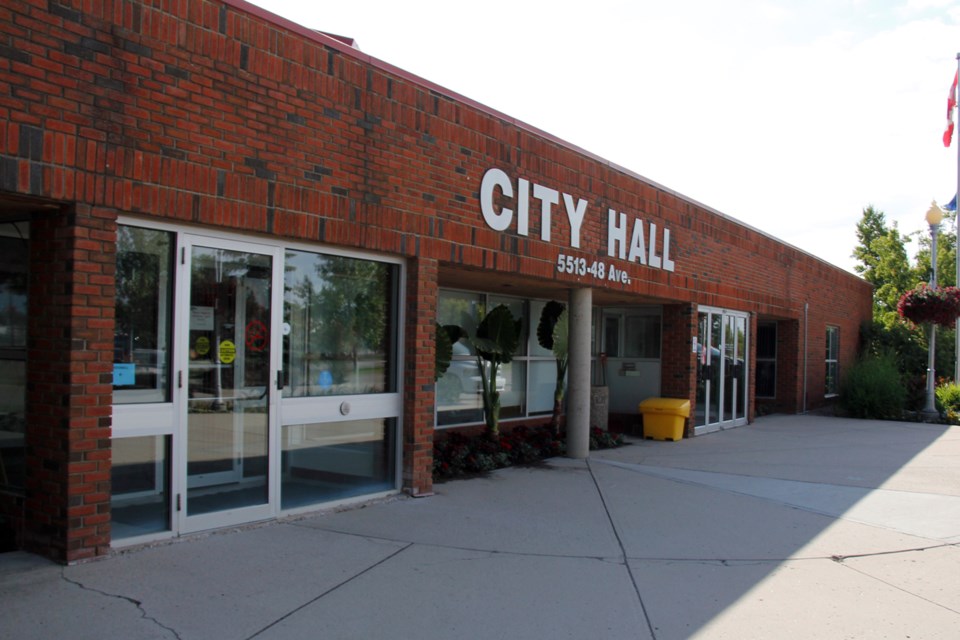COLD LAKE - In a proactive move to promote development on vacant land, City of Cold Lake council has passed a bylaw and two policies establishing tax subclasses and introducing a tax incentive program.
The initiative aims to encourage property owners to either develop their vacant properties or make them available for sale, fostering growth and addressing concerns related to infrastructure and services in the region.
The general manager of corporate services for the City of Cold Lake, Kristi Isert, clarified several key points regarding the bylaw during the Feb. 13 council meeting. She emphasized that the bylaw does not result in a 25 per cent tax increase, nor does it provide a tax incentive or disincentive for any specific properties. Additionally, Isert highlighted that the criteria for properties falling within the tax subclass would be proposed in a later policy.
The first significant step of this initiative involves the creation of tax subclasses for vacant commercial and residential properties. To qualify for these subclasses, a property must remain undeveloped for seven years or more since its final subdivision, be vacant of improvements for seven years or more, and be fully serviced, or directly serviceable and developable.
In information released by the City later in the week, Mayor Craig Copeland explained the intention behind the tax subclasses, stating, “The purpose here is to motivate people to develop land that is ready for development.”
He added, “We have an increase in interest from people with the means to take on significant developments in our community, but we also increasingly find that developable land is not for sale, despite the fact that it has been sitting for several years with no building or other activity. This creates a burden on the rest of the community when it comes to supporting the city’s infrastructure and services.”
According to information from the City, staff identified 182 residential properties and 45 commercial properties that meet the criteria for vacant tax subclasses. To complement the penalty aspect, council introduced the Vacant Lot Sale Incentive Program Policy. This policy provides property owners with a grant rebate if their property, falling within one of the vacant tax subclasses, is listed on the Multiple Listing Service (MLS) for at least 180 days in the tax year.
The grant rebate equals the difference between taxes paid at the vacant rate and the non-vacant rate, plus an additional five per cent. Property owners can apply for the rebate between July 1 and Dec. 31 in the eligible tax year, with one tax rebate allowed per year for each eligible property. The policy will be subject to annual renewal by the council.
During the council meeting, Isert confirmed that discussions regarding a tax incentive program began in November, with a proposed policy being presented to council. Isert clarified that it aligns with the City's ongoing initiatives, such as the security bond program and the Water Sanitary Storm Service Connection Policy, which are aimed at reducing risk and cost for developers.
The mayor acknowledged that there had been concerns voiced when the item came forward in January, and some people “would rather see an incentive program instead of a penalty, and so we also created a policy to provide an incentive to sell empty land that has sat for such a long time with no building or construction that it falls into one of the vacant tax subclasses.”
Copeland added, “We’ve heard from people who are concerned about stifling development, but the truth is that there is no lack of interest in investing in Cold Lake... What we do lack is developable land that is for sale.”
Isert noted that the City has “the business retention and attraction incentive program, which also provides tax rebates for various commercial properties when they are either improved or developed upon. And to date, approximately 35 new and existing businesses have utilized those incentive programs.”
Isert concluded by highlighting the City's ability to create additional incentive programs related to the new subclasses. This flexibility allows the council to adapt and refine its approach as needed.



